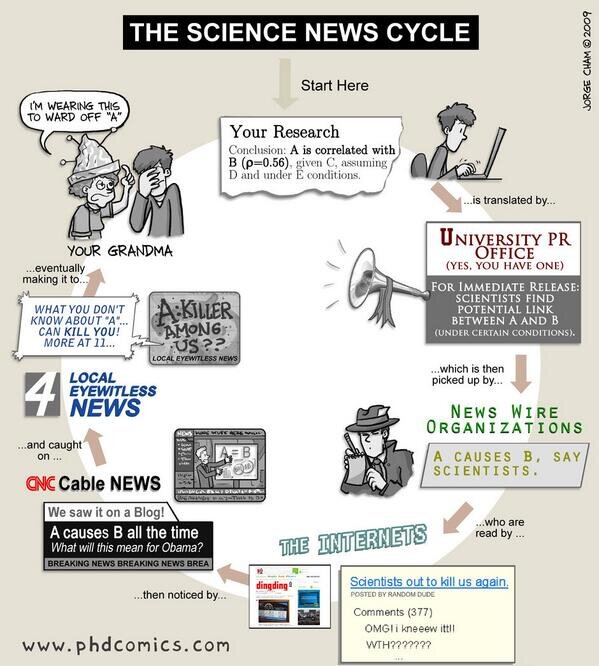About The Dorsal Column
Dear Reader,
It is a pleasure to welcome you to The Dorsal Column – a quarterly publication that will share stories about brain research with the broader London community. Each issue will feature articles regarding neuroscience research carried out in affiliation with Western University and will be written and reviewed by a team of graduate students and postdoctoral fellows. Our mission is to strengthen public engagement and enthusiasm for science by bringing research out of the lab and into the community.
The origin behind our name, The Dorsal Column, is quite fitting: “the dorsal column” is a pathway in your spinal cord that is made up of a bundle of nerves that bring information from your body to your brain[1]. Try this: ask someone to trace a number on the palm of your hand using their index finger while you look away or close your eyes. Can you guess what number they traced on you? You can thank your dorsal column for that! Those sensations you felt on your skin were sent to your brain through nerves that travel through the dorsal column in your spine. Much like the dorsal column, we are here to bring information from one area (the research lab) to another (our community)!
The Importance of Science Communication
Since taxpayers fund the majority of our research, scientists and scientists-in-training have a responsibility to publicly share research findings to showcase the exciting and valuable progress achieved to date. We believe it is important to educate others about the small advances in our research area that usually fly under the radar for any non-specialist. Scientific discovery is rarely defined by a single “eureka” moment – instead, research findings build on each other over time and that is what has typically led to groundbreaking discoveries. We hope that if there is an understanding of the slow but incremental progress garnered by basic research, public trust in scientists and the value of research to society long-term will be better appreciated.
But beyond the responsibility to share science with taxpayers, science communication is especially important at a time when pseudoscientific[2] beliefs are rampant. It is absolutely crucial for scientists to engage with a wide audience and to share research findings outside of the echo chamber of academic conferences. We hope that by engaging everyone in science, we are building a community that appreciates the scientific method and can recognize and question pseudoscience in the media.
Our Origin Story
Faraj Haddad and I are PhD students in the Neuroscience program at Western University and only recently learned that we share a common interest in science communication and outreach. We both attended the 2019 London Health Research Day and were completely inspired by the keynote talk on the importance of science communication by Timothy Caulfield, a professor at the University of Alberta who specializes in health law and science policy and who is a fierce advocate for debunking pseudoscience. We felt that we had no choice but to take action and so we put together a ‘Science Communication and Outreach Committee’ within the Society of Neuroscience Graduate Students and thus was born The Dorsal Column.
Since graduate students receive minimal, if any, training in effective science communication, we envisioned The Dorsal Column as an opportunity for us all to sharpen our writing skills and become engaging scientific storytellers. On that note, we owe many thanks to Emily Leighton, Communications Specialist with Schulich School of Medicine & Dentistry, and Crystal Mackay, the Media Relations Officer at Western University, for hosting an engaging and insightful workshop on the art of science writing to get us started.
We will be publishing four issues per year that feature peer-reviewed research summary articles using a double-blinded[3] review process. The articles summarized in The Dorsal Column involve research conducted by scientists affiliated with Western University and published in peer-reviewed scientific journals within the past five years. We chose to focus on local research in order to highlight the strong scientific community residing in London and to foster a dialog between scientists and the wider community.
Ways You Can Help
As a Western University-affiliated scientist or trainee, here is an overview of the reasons why you should join us: to gain experience explaining difficult concepts to a non-specialized audience; to spark an interest in neuroscience from the wider community; to continue building your writing skills; to make scientific research open and accessible; and to inform the public about how scientists are using public funds.
As a member of the London community, you can help us out by letting us know what areas of research you would like to read more about and if you have any comments on how we can improve to better serve you and our collective community.
I am thrilled to be leading this initiative with our talented team of science writers and editors and hope that you enjoy reading through our first issue!
Sincerely,
Ramina Adam
Editor-in-Chief
Email: thedorsalcolumn@gmail.com
Website: www.songsuwo.ca/the-dorsal-column
Twitter: www.twitter.com/thedorsalcolumn
[1] Check out this fantastic two-minute video explaining how the dorsal column is involved in sending information about touch from your skin to your brain.
[2] Pseudoscience, or “fake science”, refers to the beliefs and practices that falsely claim to be factual and scientific, but are not based on scientific evidence.
[3] A double-blind peer review process is when the reviewing editors do not know the identity of the authors and the authors do not know the identity of the reviewing editors. This is an important practice that reduces bias in the review process.


